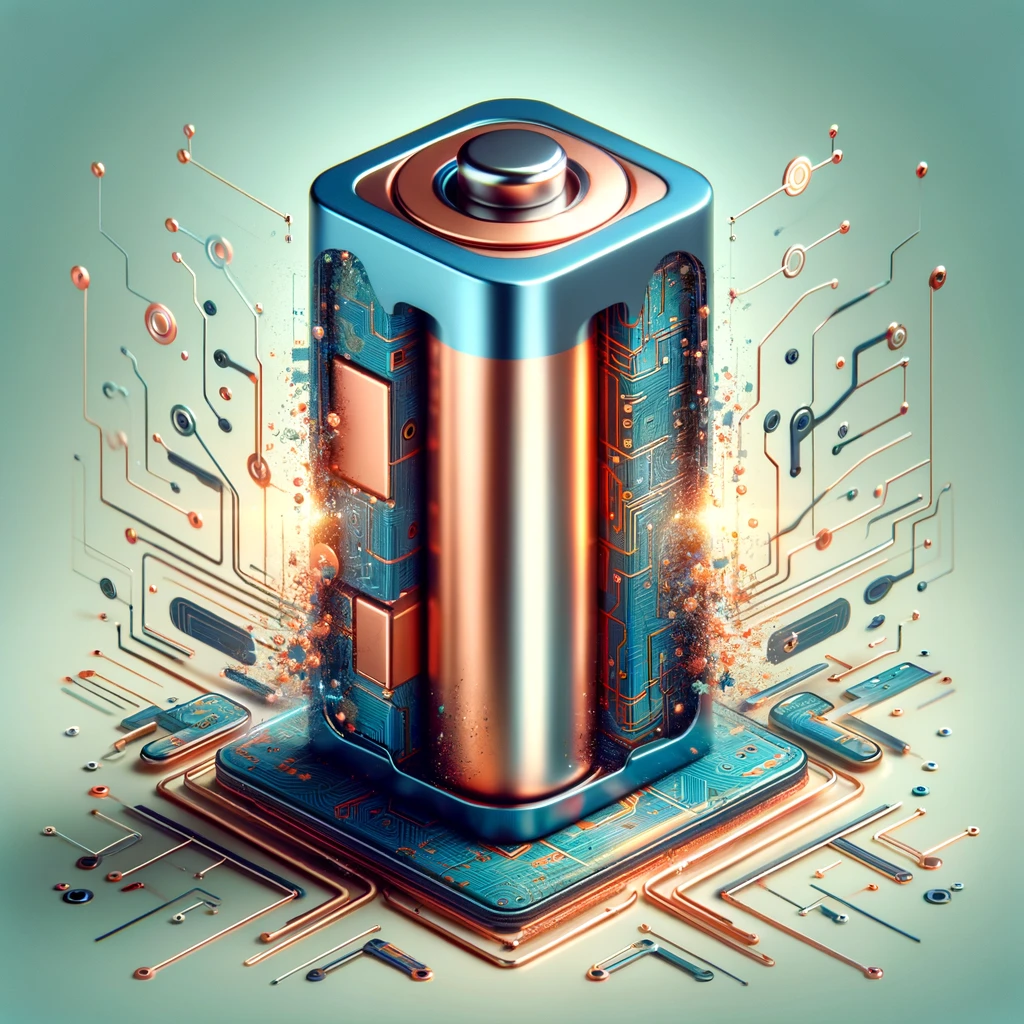As the world embraces the electric vehicle (EV) revolution, one crucial component is taking center stage: battery copper foil. This thin sheet of copper is not just a mere piece of metal; it’s a catalyst for innovation in the renewable energy sector, shaping the future of transportation.
Understanding the Significance of Battery Copper Foil
Battery copper foil is a vital component in the lithium-ion batteries that power electric vehicles. Its importance lies in its unique properties:
- High Electrical Conductivity: Copper’s exceptional conductivity ensures efficient electricity flow within the battery, optimizing energy storage and release.
- Flexibility and Malleability: The malleability of copper foil allows for compact and versatile battery designs, enabling the creation of efficient and space-saving EV battery packs.
- Durability and Robustness: Copper’s inherent durability enhances battery life, reducing the need for frequent replacements and contributing to the long-term reliability of electric vehicles.
The Crucial Role of Copper Foil in EV Batteries
In EV batteries, copper foil serves as a current collector, providing a foundation for the active materials of battery electrodes. Its role is paramount in facilitating efficient energy storage and release, which directly impacts the performance of electric vehicles.
The benefits of copper foil in EV batteries are manifold:
- Extended Driving Range: The high conductivity of copper foil enables more efficient energy utilization, translating to longer driving ranges on a single charge.
- Faster Charging Capabilities: Copper’s excellent conductivity allows for quicker battery recharge times, making EVs more convenient and practical for everyday use.
- Prolonged Battery Life: The durability of copper foil contributes to the longevity of EV batteries, reducing the frequency of replacements and lowering overall maintenance costs.
The Environmental Impact of Copper Foil in EVs
Beyond its performance benefits, copper foil also plays a significant role in the environmental sustainability of electric vehicles.
- Recyclability and Circular Economy: Copper is infinitely recyclable without losing its quality, promoting a circular economy in the EV industry. Recycled copper foil can be used in new batteries, reducing the need for virgin materials and minimizing waste.
- Reduced Carbon Emissions: The efficiency gains provided by copper foil lead to fewer charging cycles and, consequently, lower carbon emissions associated with electricity generation. As more renewable energy sources are integrated into the grid, the environmental benefits of EVs with copper foil-based batteries will continue to grow.
The Future Landscape of Copper Foil in Electric Vehicles
As the EV market expands, the demand for battery copper foil is expected to surge. Continuous innovations in copper foil manufacturing are poised to further enhance the performance and sustainability of electric vehicles.
Key innovations to watch include:
- Ultra-thin Copper Foils: Advancements in manufacturing techniques are enabling the production of even thinner copper foils, paving the way for lighter and more energy-dense batteries.
- Advanced Coatings and Surface Treatments: Ongoing research into new coatings and surface treatments for copper foil aims to enhance its durability, conductivity, and adhesion properties, unlocking new possibilities for EV battery performance.
Conclusion: Copper Foil – Powering the Electric Vehicle Revolution
In the fast-paced world of electric vehicles, battery copper foil is not just a component; it’s a catalyst for change. Its unique properties, environmental benefits, and the potential for continuous innovation make it a critical element in shaping the future of sustainable transportation.
As we navigate the path towards a greener and more electrified future, the role of copper foil in EV batteries will continue to evolve and expand. Embracing this essential material is not just a choice; it’s a necessity for unlocking the full potential of electric vehicles and driving the renewable energy revolution forward.



